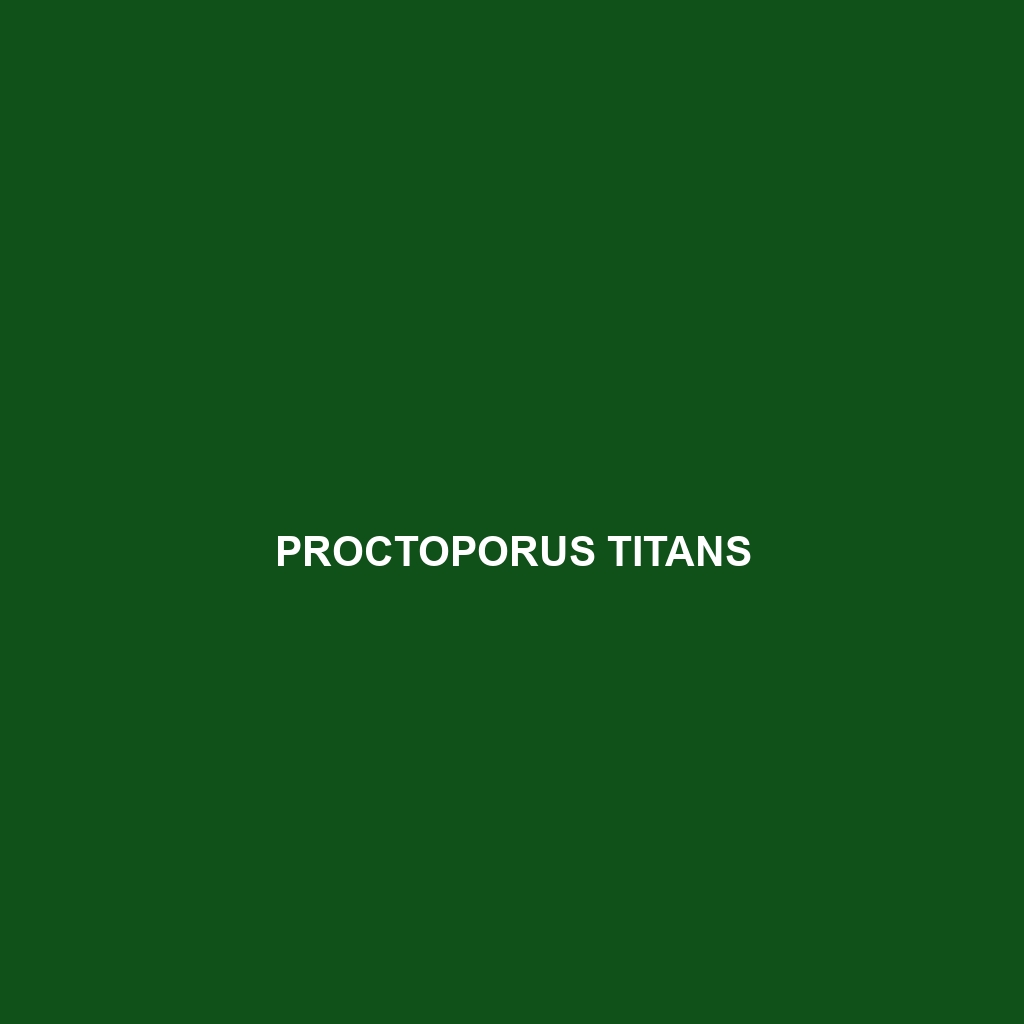<b>Proctoporus titans</b> is a striking lizard native to the rainforests and mountainous regions of South America, known for its vibrant coloration, strong climbing abilities, and insectivorous diet. Classified as vulnerable due to habitat loss, it plays a crucial role in maintaining ecological balance within its rainforest ecosystem.
Tag: Andes lizard
Proctoporus oreades
The Proctoporus oreades, commonly known as the Andes lizard, thrives in the Andean mountains' cooler temperate forests and grasslands, exhibiting a distinctive earthy coloration and elongated body. This insectivorous species plays a crucial role in its ecosystem by regulating insect populations and serving as prey for various predators.
Pristidactylus volcanensis
<b>Pristidactylus volcanensis</b>, a vulnerable lizard native to the moist high-altitude forests of the Andes in Ecuador, features a slender body up to 15 cm long, with rough skin for camouflage and a distinctive dorsal crest. Primarily insectivorous, these diurnal climbers play a crucial role in their ecosystem by regulating insect populations and serving as prey for larger species.
Proctoporus titans
<b>Proctoporus titans</b> is a striking lizard native to the rainforests and mountainous regions of South America, known for its vibrant coloration, strong climbing abilities, and insectivorous diet. Classified as vulnerable due to habitat loss, it plays a crucial role in maintaining ecological balance within its rainforest ecosystem.
Proctoporus oreades
The Proctoporus oreades, commonly known as the Andes lizard, thrives in the Andean mountains' cooler temperate forests and grasslands, exhibiting a distinctive earthy coloration and elongated body. This insectivorous species plays a crucial role in its ecosystem by regulating insect populations and serving as prey for various predators.
Pristidactylus volcanensis
<b>Pristidactylus volcanensis</b>, a vulnerable lizard native to the moist high-altitude forests of the Andes in Ecuador, features a slender body up to 15 cm long, with rough skin for camouflage and a distinctive dorsal crest. Primarily insectivorous, these diurnal climbers play a crucial role in their ecosystem by regulating insect populations and serving as prey for larger species.
Liolaemus thermarum
<p><b>Liolaemus thermarum</b> is a unique, medium-sized lizard native to the high-altitude Andes, characterized by vibrant coloration and diurnal behavior. This insectivore thrives in rocky, temperate forest habitats, playing a crucial role in the ecosystem by controlling insect populations and serving as an important food source for predators.</p>
Liolaemus pacha
Discover the resilient Liolaemus pacha, a unique lizard native to the high-altitude Andes of northern Chile and Argentina, known for its vibrant coloration and intricate patterns that provide excellent camouflage. This insectivorous species exhibits fascinating behaviors, including diurnal basking and tail autonomy for predator avoidance, making it a remarkable subject of ecological study.
Liolaemus montanezi
Liolaemus montanezi, commonly found in the Andes, is a diurnal lizard known for its adaptability to diverse habitats, ranging from temperate forests to alpine environments. With a diet primarily consisting of insects, this vibrant species showcases distinct coloration and unique physiological traits that enable it to thrive at high altitudes while playing a crucial role in its ecosystem.
Liolaemus chungara
Discover the fascinating Liolaemus chungara, a diurnal lizard native to the montane regions of the Andes in Chile and Argentina. Adapted to high-altitude living, this robust species exhibits a striking range of olive green to brown coloration and plays a crucial role in maintaining ecosystem balance by controlling insect populations.









